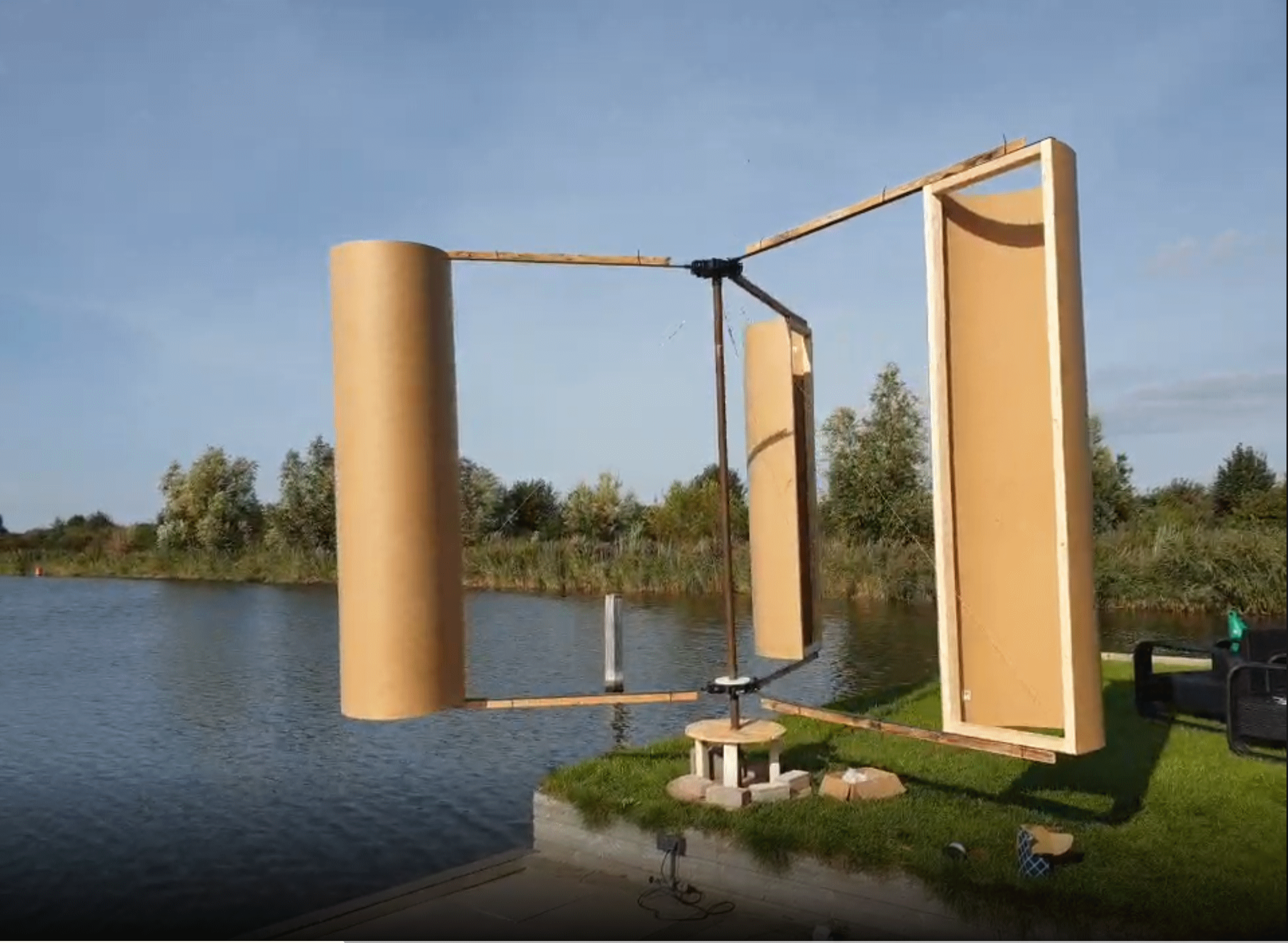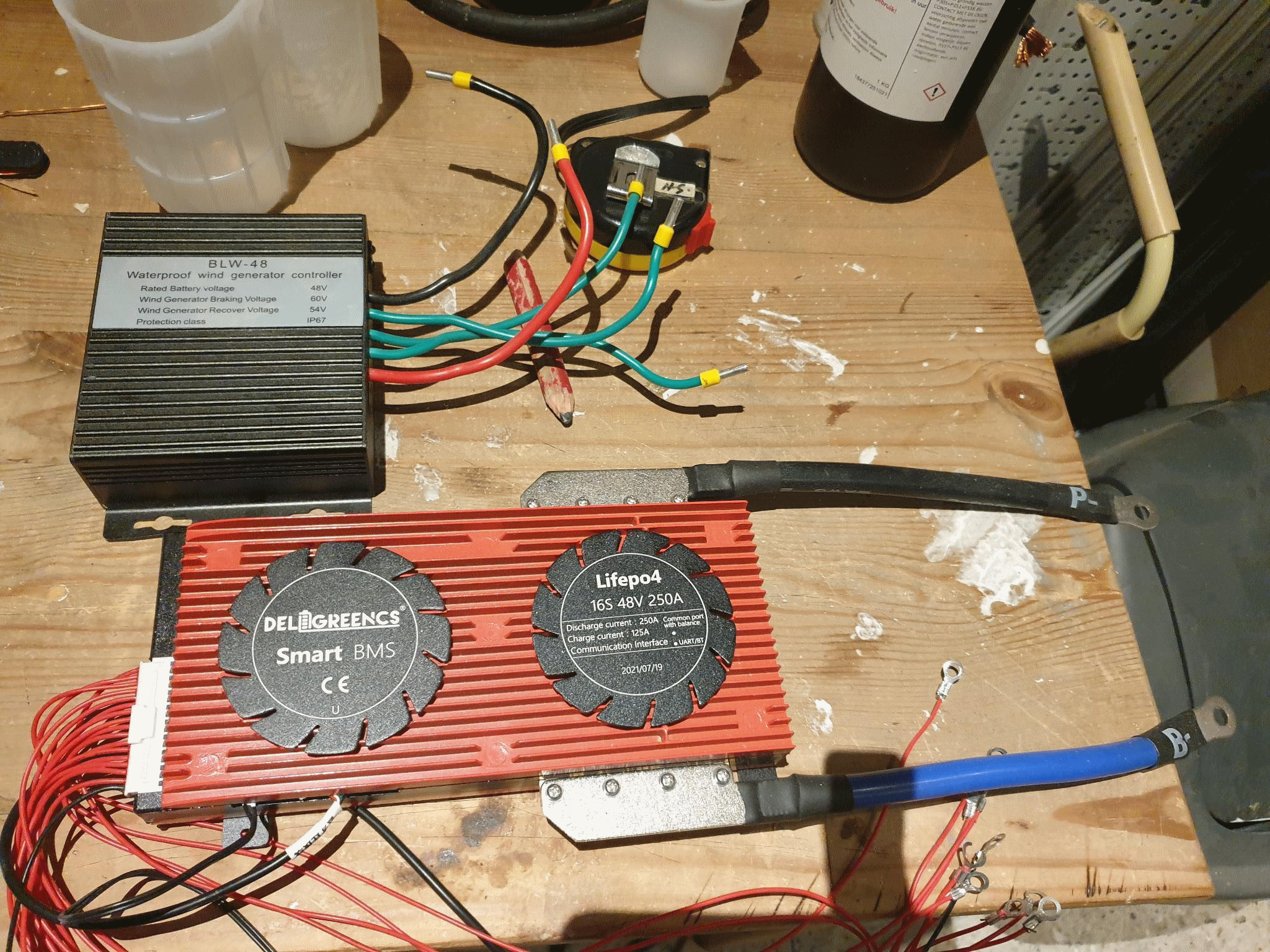for real, your database is massive. For newcomers like my self it is easy to get lost in it. No disrespect meant but the sheer size of it can be intimidating.
So I'll try and give an overview of what I am planning.
Here is an older version of the turbine with a diam of 4m. The one under construction has 5.2m diam.

The alternator is going to be something along these lines.

It might be the Dunning Kreuger effect at play here in where the less one knows the more one thinks one knows but I still think I know how to build alternators by now. I hope I do not disappoint anyone including myself.
I went rather deep with a self conjured lenz's law spread sheet and decided that the alternator above is not optimal.
I will make some changes to the alternator as to reach the target voltage at the target RPM.
So hang on to your buttocks everyone. More to follow on this in the not so distant future.
After that I had planned this charge controller and BMS.
